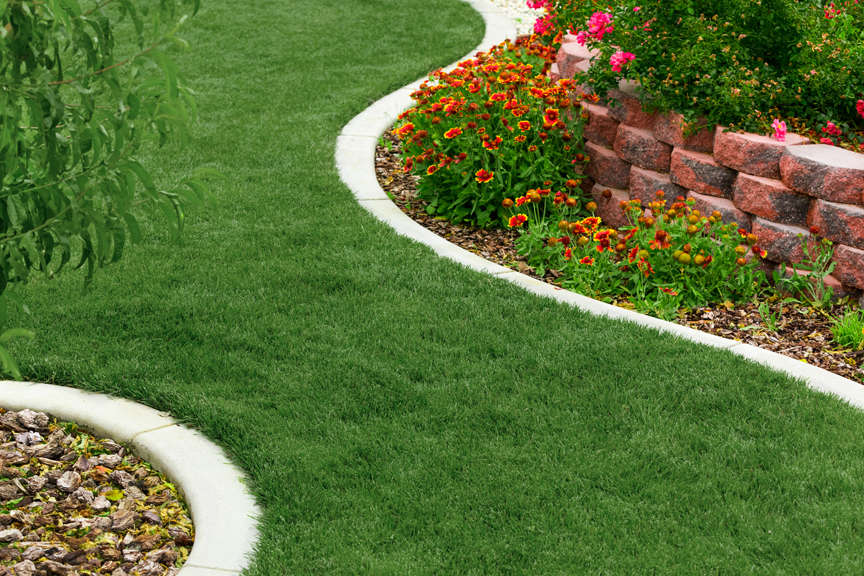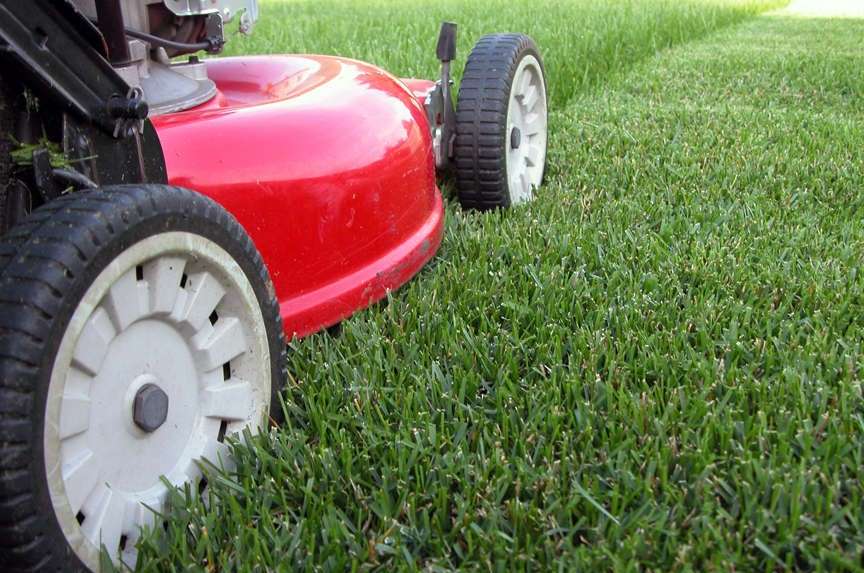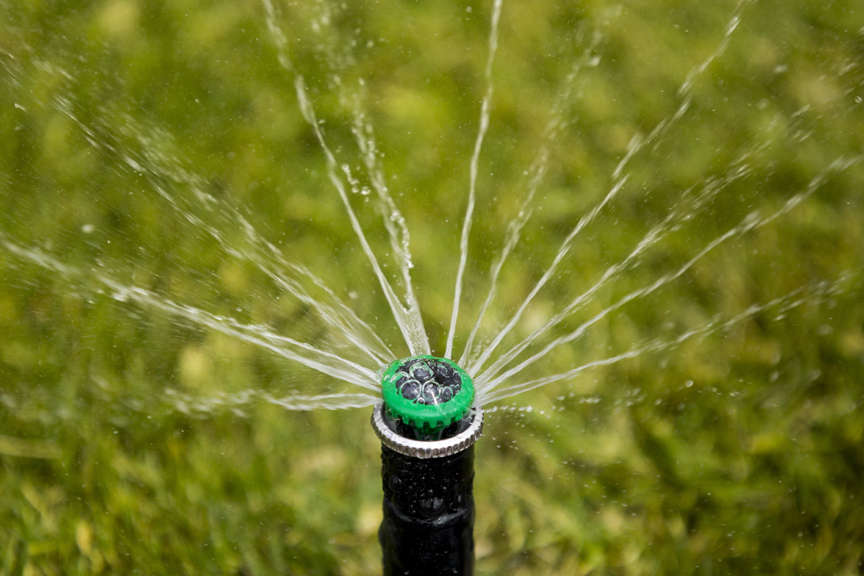
Summer Lawn Care

Summer Lawn Care
You deserve a lawn that looks great. Perhaps you are noticing weeds, brown spots and weird looking mushrooms. Why is this happening?
Let's raise a lawn that is better at resisting disease and insects. How a lawn is watered and mowed determines the health of the lawn.

Mowing
How do you grow weeds? By keeping short blades of grass that let lots of sun hit the soil, and by applying frequent, shallow watering.
Tip: keep tall blades of grass to shade the soil, and apply deep, infrequent watering.
When the lawn is short:
- The soil dries out faster.
- The root zone is open to the sun’s rays, which can burn roots.
- The blades can be so short that they can’t photosynthesize and grow.
- Weed seeds germinate.
The ideal lawn is tall enough to shade the soil:
- The soil stays moist longer, letting you water less often.
- The root zone is protected from temperature extremes.
- The blades are using their full height to produce their own food.
- Weed seeds can’t germinate and sprouted weeds die from lack of light.
How do you know if you mowed too short? After you mow the lawn, stand on it and look down. If you can see the soil, the lawn is too short.

Watering
How often should you water your lawn?
Shallow, frequent watering creates a lawn that:
Shallow, frequent watering creates a lawn that:
- Has shallow roots. Shallow roots can’t find enough water to get through our hot summer days.
- Is always wet in the top two inches of soil. Excess moisture leads to disease, lots of insects, and mushrooms.
The soil that holds the roots of your lawn needs to have a chance to breathe between watering. Frequent watering drowns the roots and stresses the lawn, letting disease and insects get the upper hand.
Find out how deep you are watering. After a cycle, wait 15 minutes. Use your finger or water meter to find out how deep the water went. If you only got water down one or two inches, water longer.
Look at it this way: The ideal lawn needs two inches of dry soil before getting watered again. Eventually, it is best if you can water to a depth of four inches to encourage deeper root growth, which will allow you to water less often.
Everyone’s soil and watering system is a little bit different. Find out how your soil absorbs water by using a soil probe or by using a finger to reach two inches into the soil to check for moisture.
Our irrigation experts can talk you through ways to get your watering schedule where it needs to be, based on your specific situation.
Our irrigation experts can talk you through ways to get your watering schedule where it needs to be, based on your specific situation.
